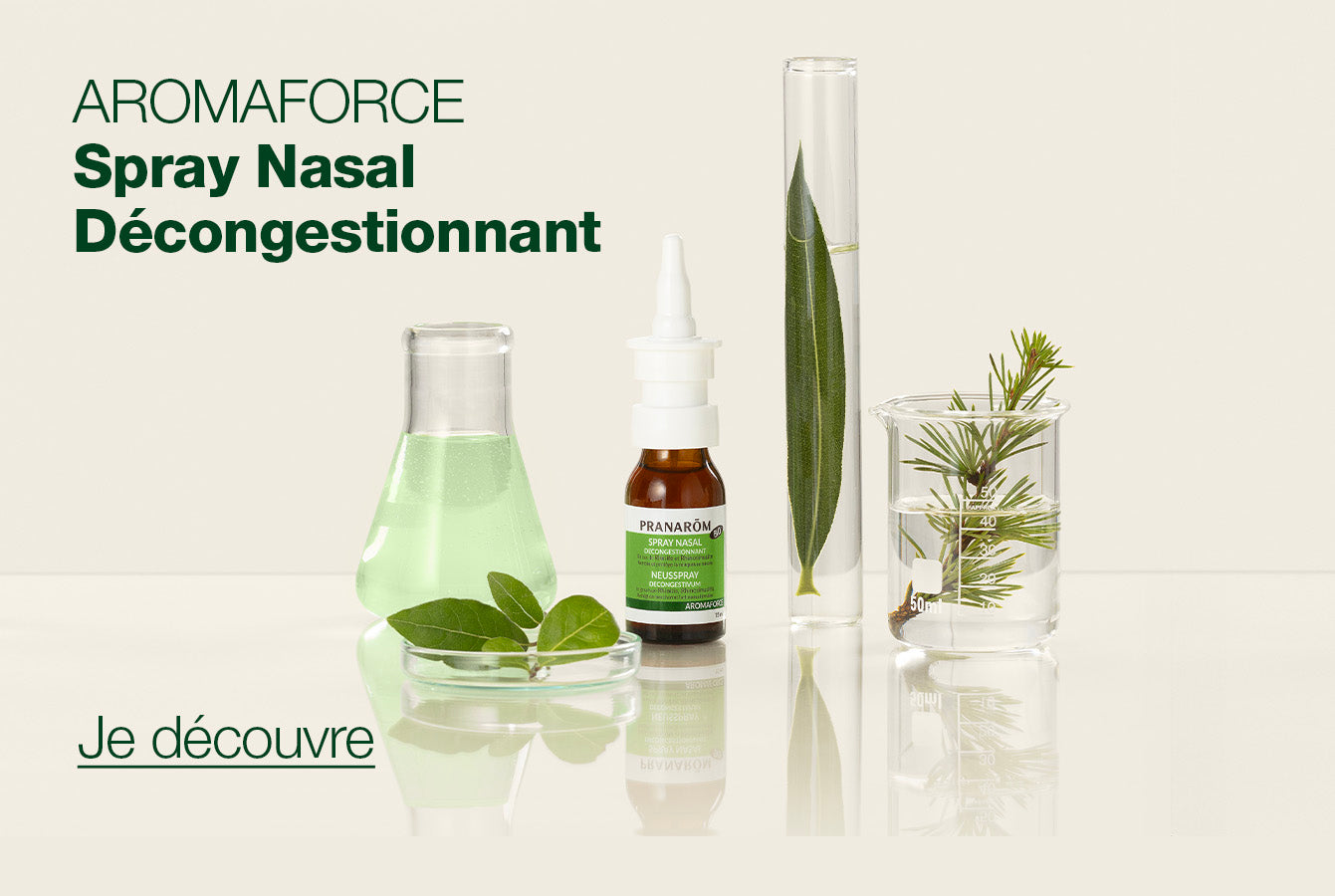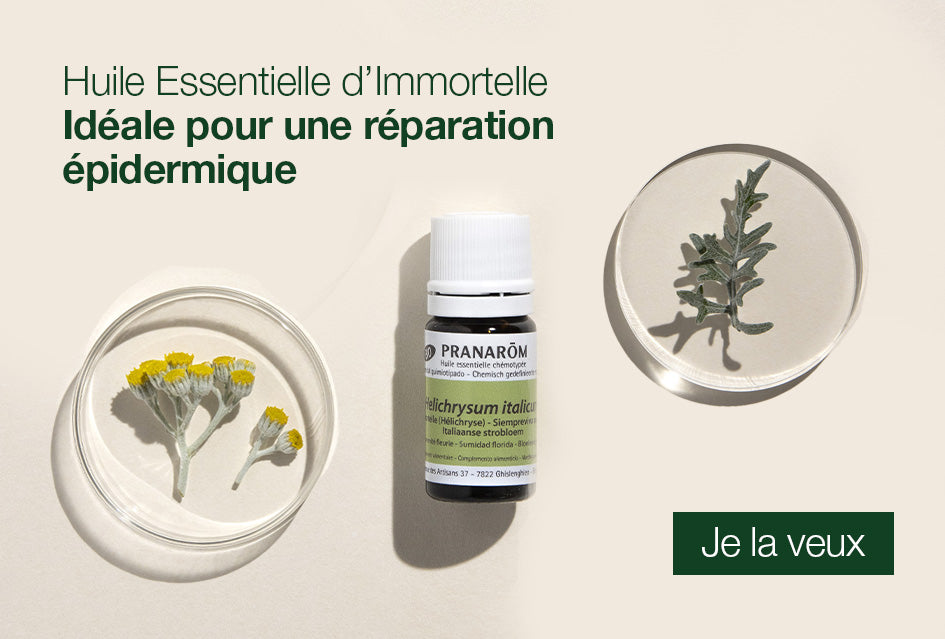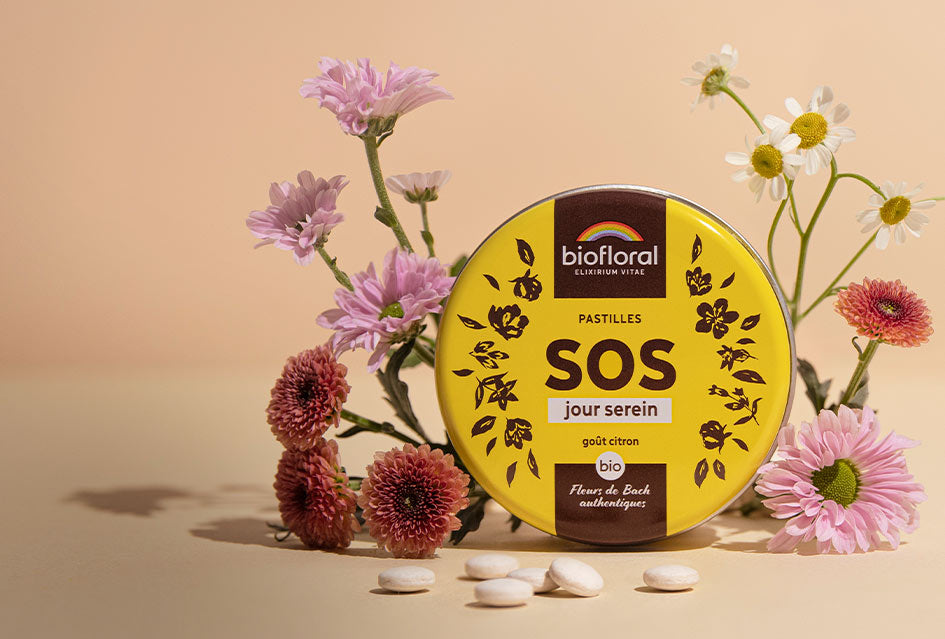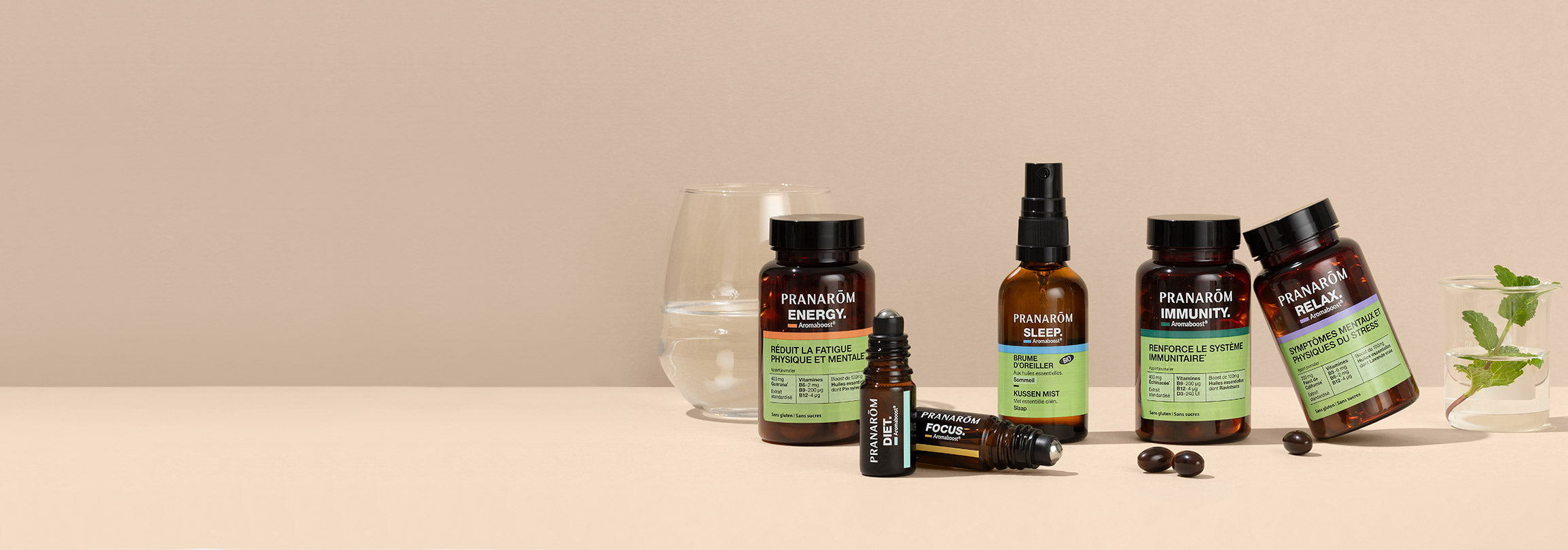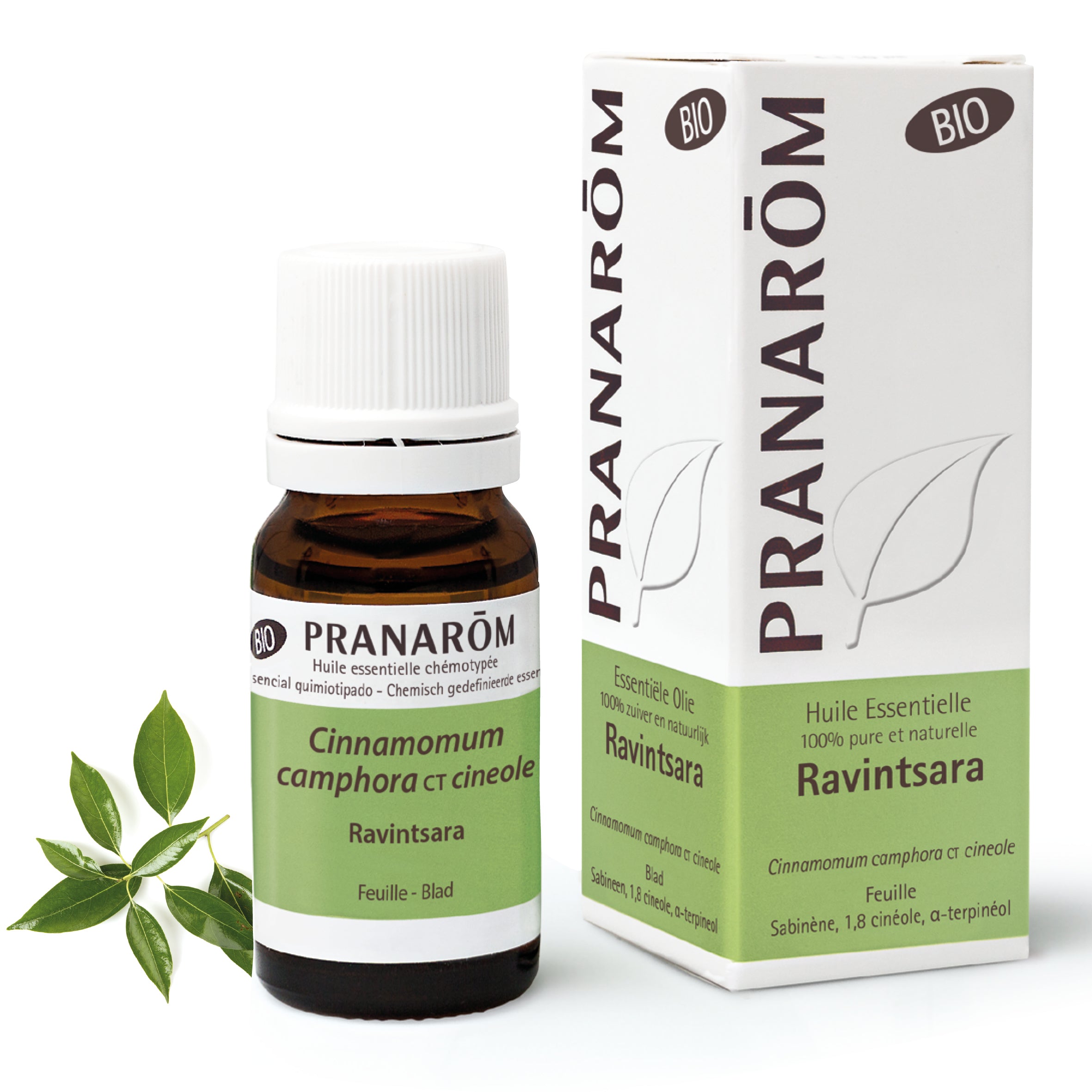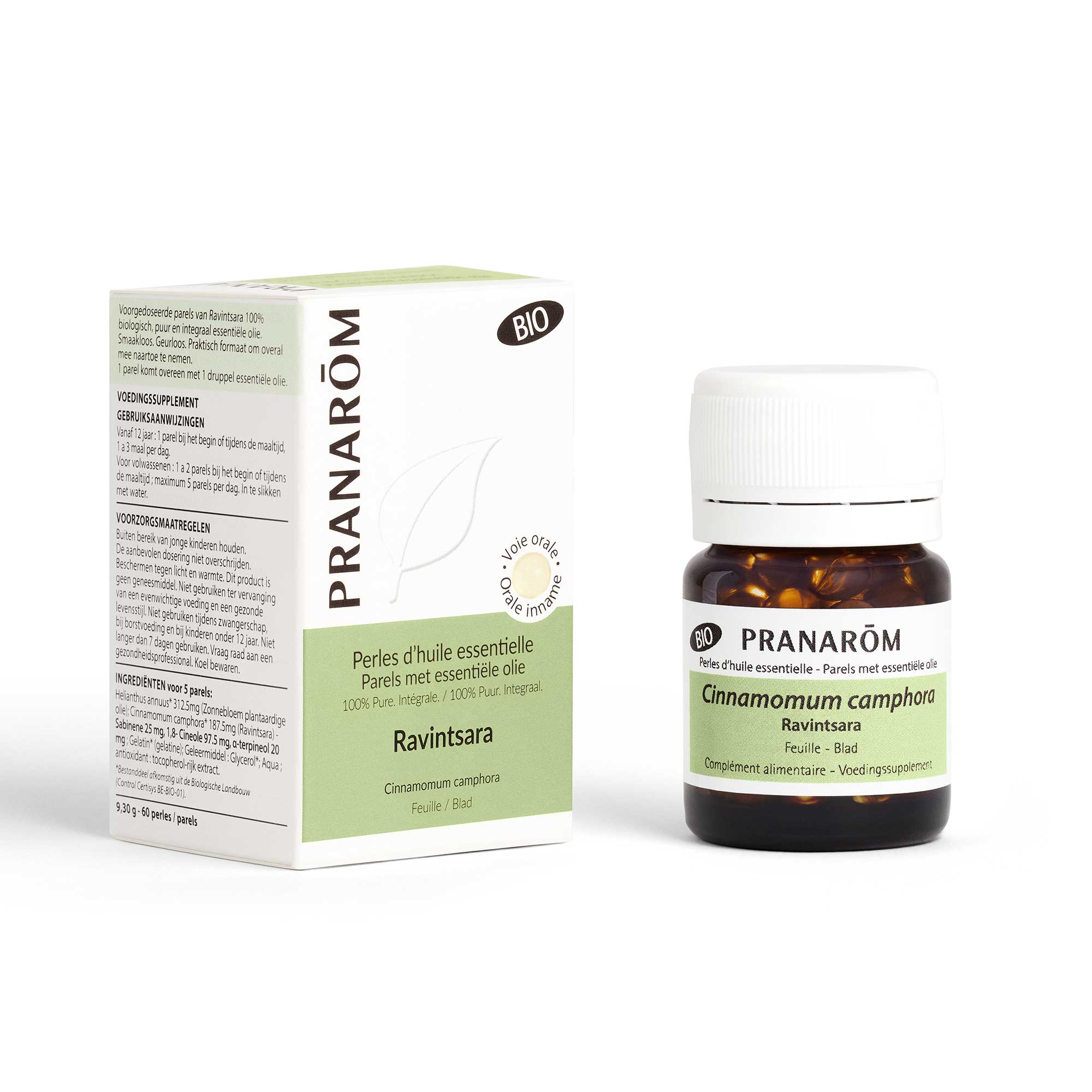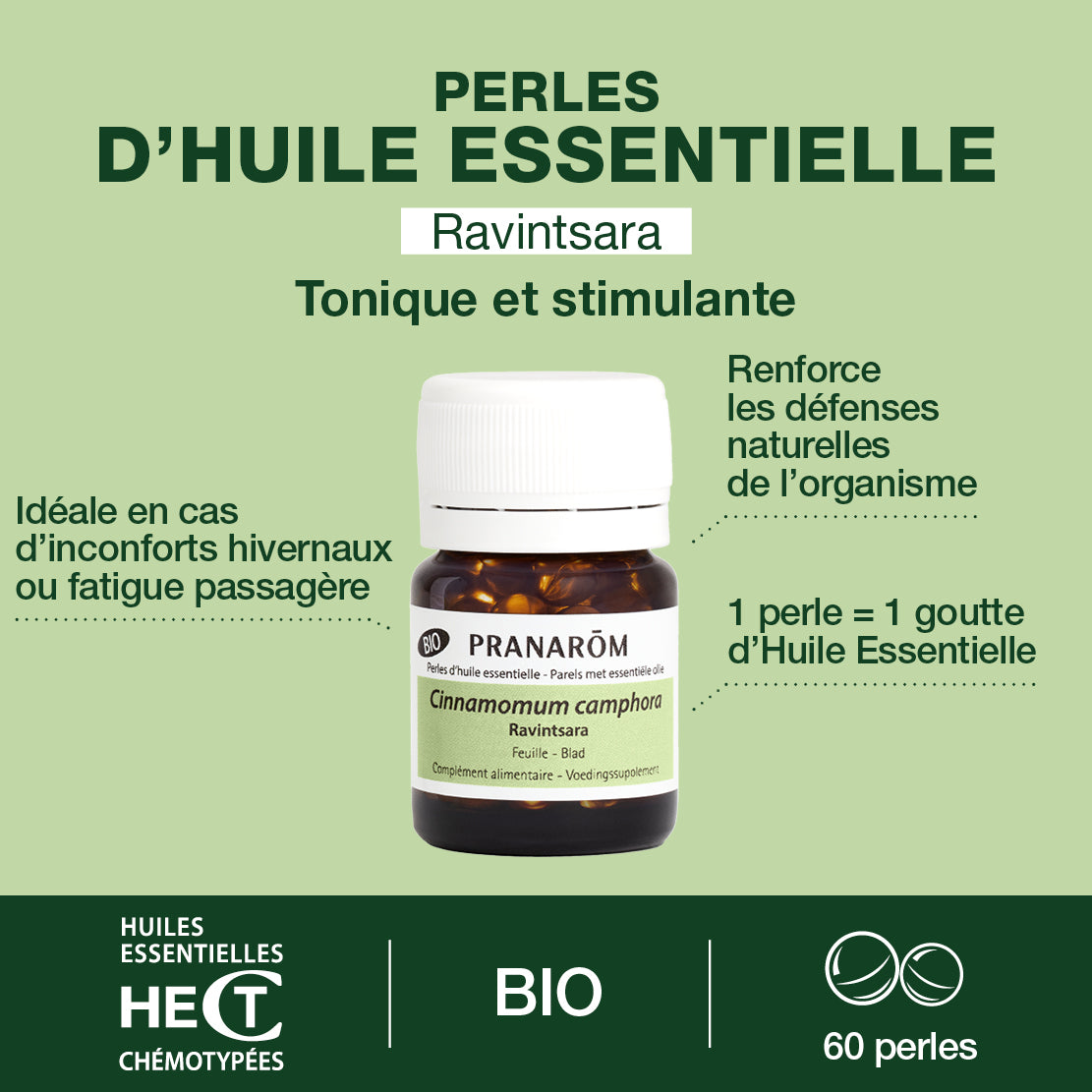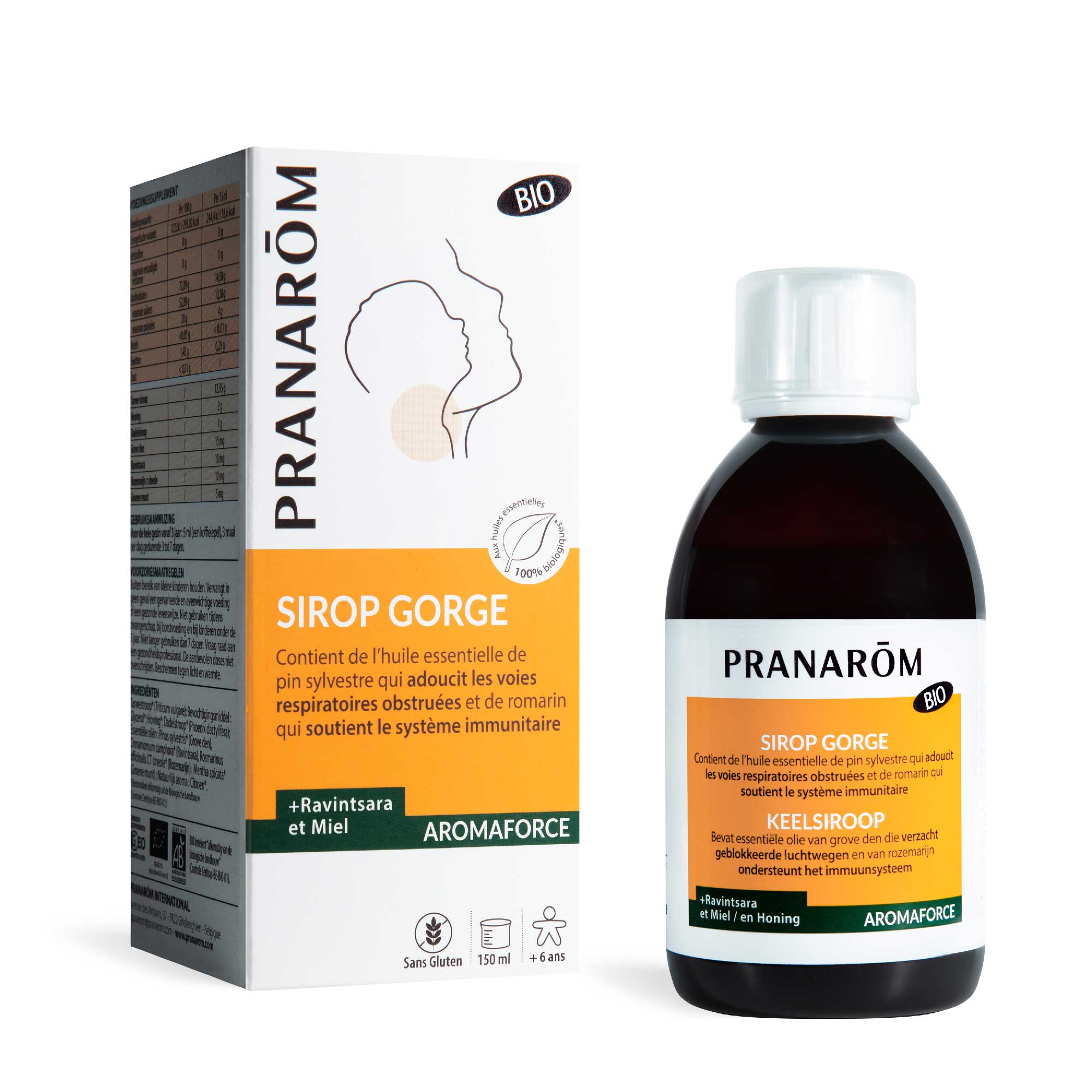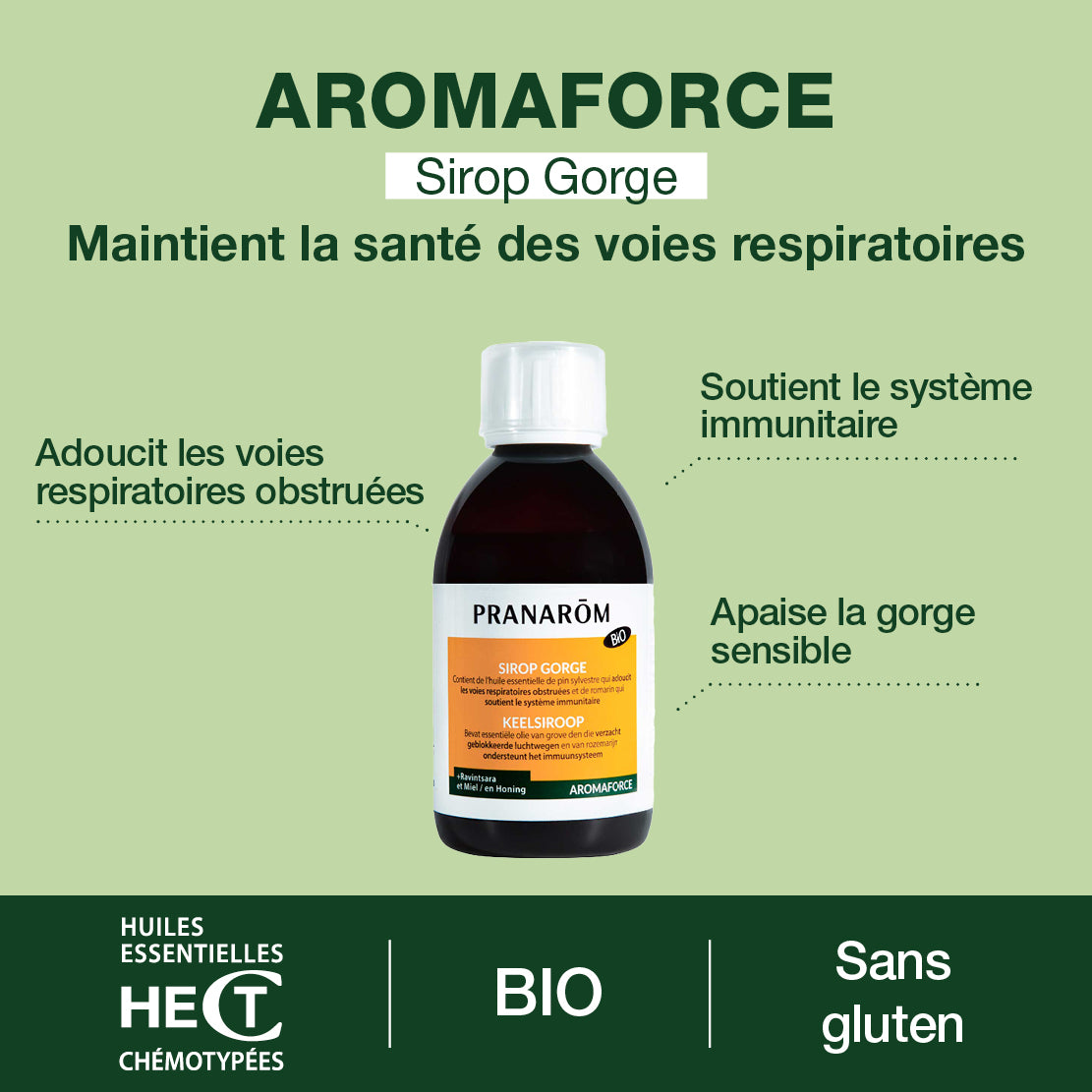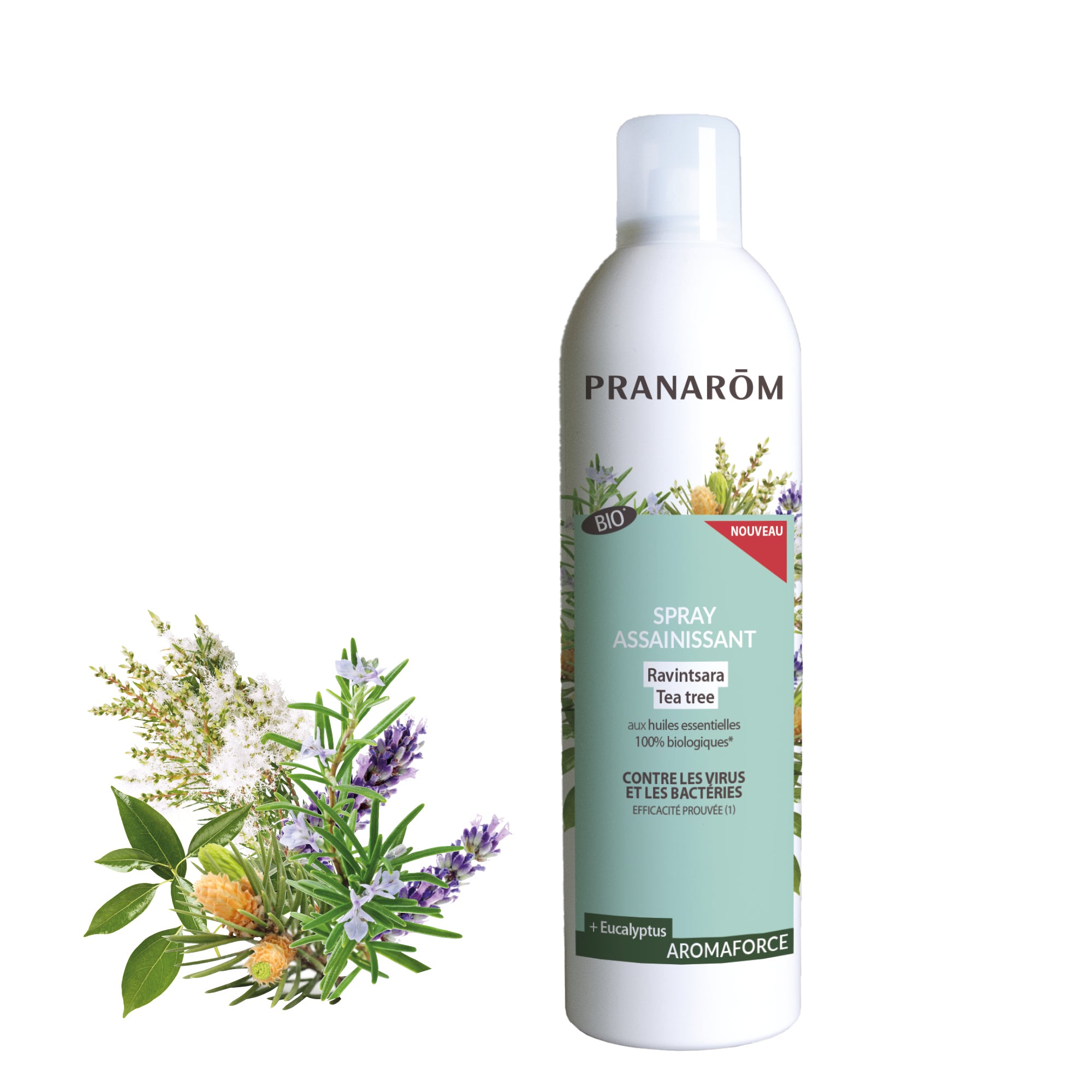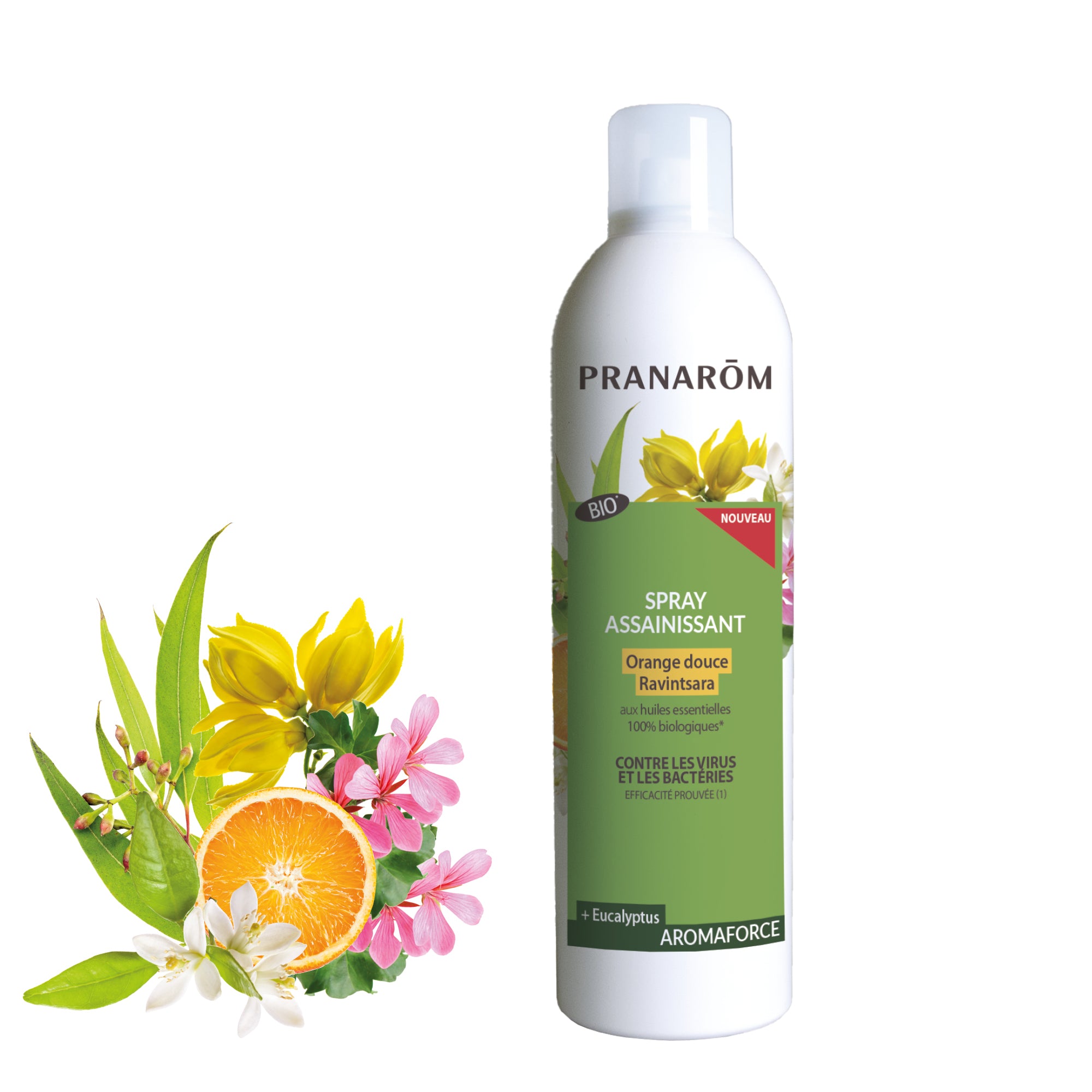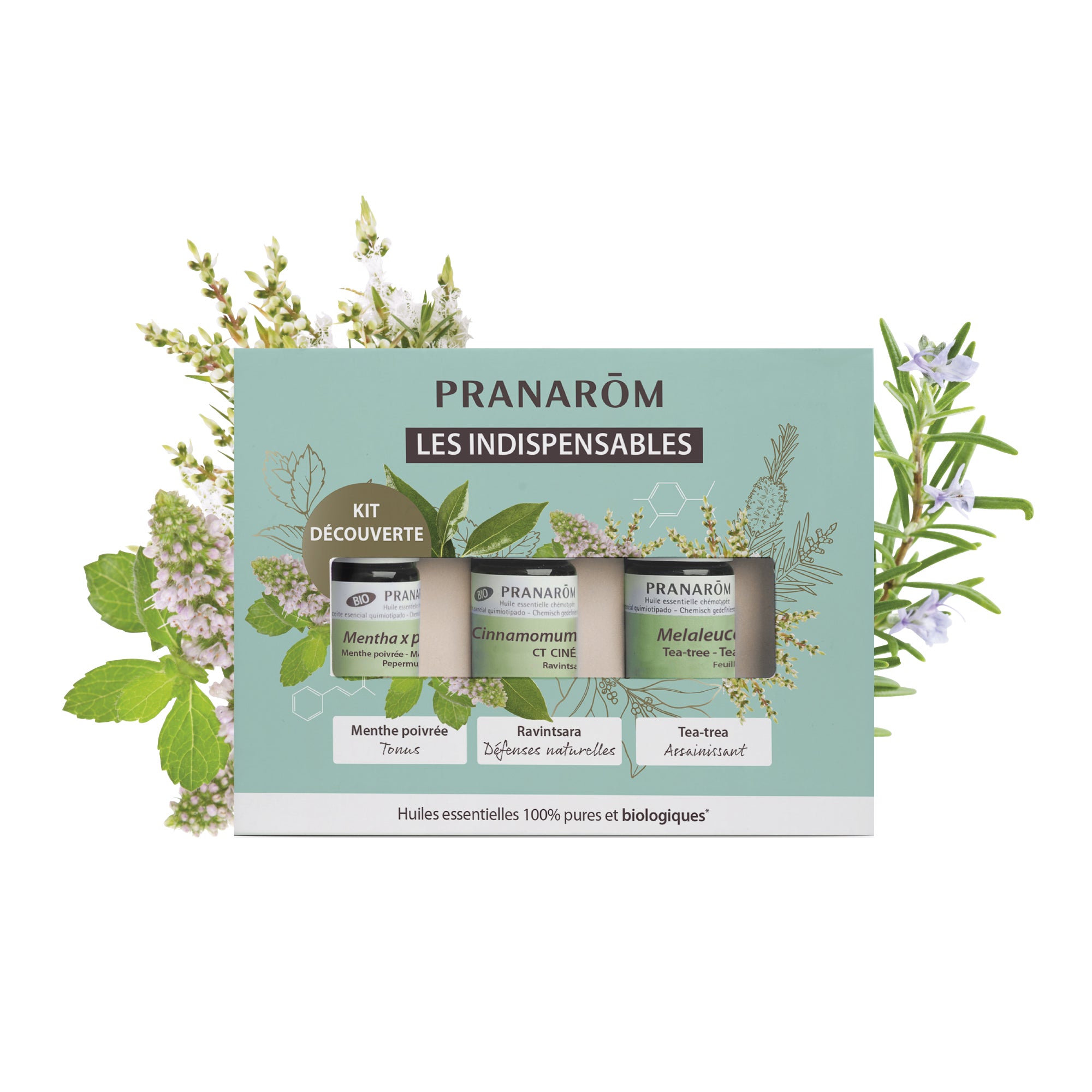Ravintsara essential oil was the talk of the town during the H1N1 flu crisis. This essential oil from Madagascar is renowned in ethnobotany for its antiviral and immune-stimulating properties. Very well tolerated by all, it is becoming increasingly popular with the public. Be careful, however, not to confuse it with aromatic Ravensare essential oil, also a Madagascan plant, but very different from its cousin. Let's take a look at how to tell them apart.
Ravintsara, cinnamomum camphora, flowers from November to January and produces a distinctive berry. In order to secure its supplies and promote sustainable agriculture, Pranarôm is working in Madagascar with local players to plant Ravintsara fields. Our little agronomist trainee Lucas has recently returned from the island after completing a new plantation.
Ravintsara essential oil contains aromatic molecules of 1,8 cineole (an expectorant oxide), alpha-terpineol and sabinene. The plant belongs to the Lauraceae family. It is described in aromatherapy literature as a broad-spectrum antibacterial and anti-infective. It is used by local people in Madagascar for ENT ailments, colds and to boost immunity. In winter, many people massage 5 to 6 drops of this essential oil into the arch of their foot, back and chest to guard against viral attacks. Some also take it in a little honey.
Ravensara aromatica essential oil is quite different. It contains aromatic molecules of limonene, sabinene and methyl eugenol. It is often mistakenly confused with Ravintsara. However, it has no anti-infectious properties. Rather, it is an essential oil to be diluted in vegetable oil to soothe joint or neck pain, for example. It is never used internally. As with all essential oils, remember that they should not be used without the advice of a qualified therapist, and that precautions for use should be observed, especially for pregnant women and young children.

